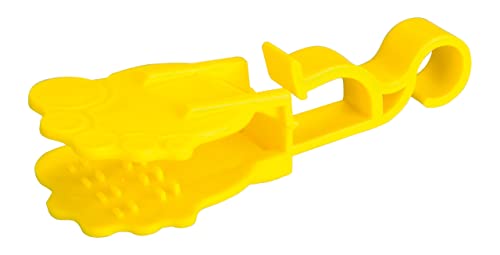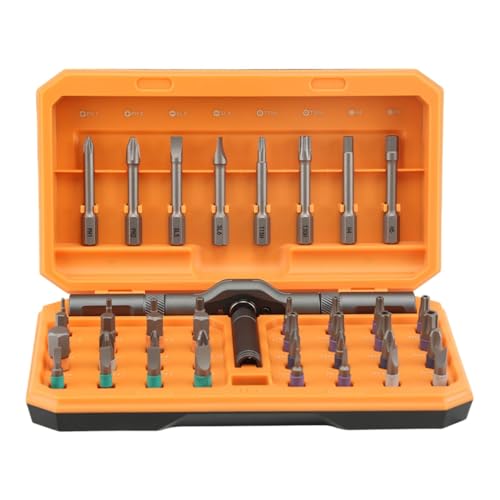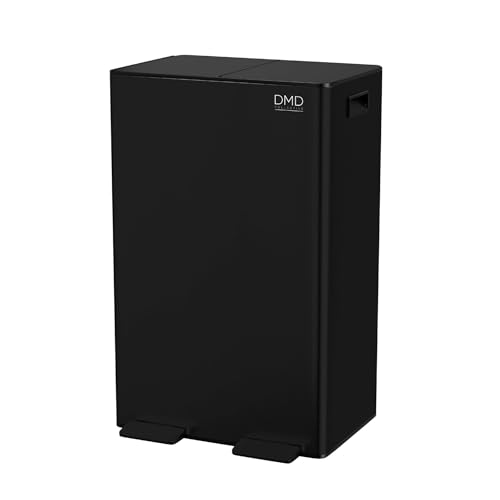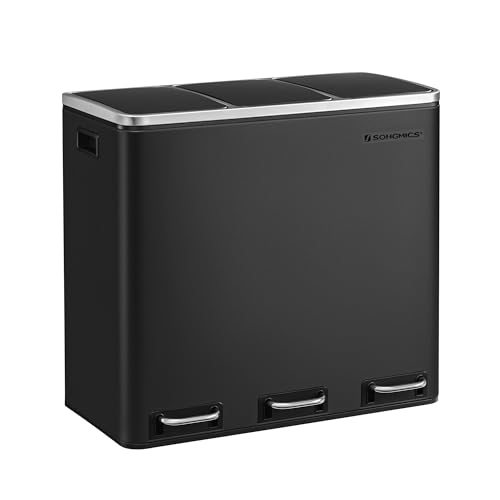Understanding Keyboard Amps: Why They’re Essential for Musicians and Performers
The Role of Keyboard Amps in Music Performance
When we talk about keyboard amps, we are referring to a specialised amplifier designed to optimise the sound of electronic keyboards and synthesizers. Unlike standard guitar amps, keyboard amps deliver a wider frequency range, ensuring that the rich, nuanced tones of a keyboard are accurately reproduced. This is intrinsically important for both live performances and studio recordings, as it allows the clarity of each note to shine through, providing an enriched listening experience for the audience.
Enhancing Your Sound Experience
Imagine you’re a performer in a bustling venue with an eager audience. Without a proper keyboard amp, your sound can easily become drowned out by other instruments or the ambient noise of the crowd. A good keyboard amp delivers powerful clarity, so every note hits its mark, making it a must-have for musicians wishing to capture the attention of their listeners. Whether you’re playing soft melodies or powerful chords, a high-quality keyboard amp ensures that your sound remains both strong and defined.
Key Features to Look For When Buying a Keyboard Amp
Sound Quality is Key
When selecting a keyboard amp, sound quality should top our list of priorities. We want an amp that can handle a broad range of frequencies, as different keyboards produce different sounds, from deep bass to bright, shimmering highs. A good rule of thumb is to choose an amp that has at least a 2-way speaker system, which provides better sound dispersion and depth, creating a more dynamic audio experience.
Power and Volume Considerations
Another critical feature we must consider is the power output of the amp. The wattage determines how loud the amp can go, which is especially crucial for live performances. An amp between 50 to 100 watts is generally adequate for smaller venues, while larger gigs may require amps exceeding 200 watts. We need to ensure that our amp aligns with the venues we perform in, ensuring we won’t face issues with volume or clarity during a show.
Connectivity Options
Flexibility is vital when it comes to connectivity. A quality keyboard amp should offer multiple input options, allowing us to connect more than one instrument at a time or use various audio sources. Look for features like XLR inputs for microphones, as well as stereo inputs for keyboards, ensuring we can accommodate different setups without fuss.
Portability Needs
As musicians, we often need to transport our equipment. Therefore, we want to select a keyboard amp that balances performance with portability. Amps that are lightweight and compact without sacrificing sound quality will make our lives much easier. Consider models that come with handles or those designed for easy transport, making it simple to move from performance to performance.
Choosing the Right Size: Portable vs. Stationary Amps
Assessing Your Performance Environments
The right size of your keyboard amp will depend heavily on where you perform. If you often play in intimate cafés or small venues, a smaller, portable amp might suffice. However, if we find ourselves often in larger spaces, a stationary amp will be necessary to ensure our sound fills the room effectively. It’s worth considering where we play most often, as this will influence our decision between portable and stationary options.
Balancing Size and Sound Quality
While portability is appealing, we must ensure that the amp’s sound quality does not suffer because of its size. Portable amps can sometimes lack the depth and power required for larger gigs. Thus, we must evaluate each amp’s specifications, looking for options that manage to remain compact while delivering the robust sound we need.
Top Recommendations: Our Favourite Keyboard Amps
Recommended Models for All Needs
After extensive research and testing, we identified a few top keyboard amp models that cater to varying needs. For beginners or casual performers, the lightweight and versatile Roland KC-400 is an excellent choice, offering rich sound and smart features without being bulky. For those seeking power and depth for larger gigs, the Yamaha DXR10 provides exceptional clarity and projection, making it a favourite among professionals. Each of these models represents a blend of quality and reliability that meets a diverse array of performance requirements.
Setting Up Your Keyboard Amp for Optimal Sound Quality
Placement Matters
Placement of our keyboard amp can significantly influence the sound we project. Ideally, our amp should be positioned close to ear height, allowing us to hear the amplified sound clearly and adjust as necessary. Additionally, avoid placing the amp in a corner, as this can lead to sound reflections that muddy our sound. Experimenting with angles and distances may be necessary to find the optimal setup.
Fine-tuning Settings for Best Performance
Taking the time to adjust our amp’s settings is equally essential. We should start with flat EQ settings and make incremental adjustments based on the venue’s acoustics. Pay attention to the bass, mid, and treble levels; small tweaks can lead to major improvements in sound clarity and richness. Lastly, remember to listen regularly during practice and performances, as live playing can reveal adjustments needed that may not be apparent when playing at home.
























